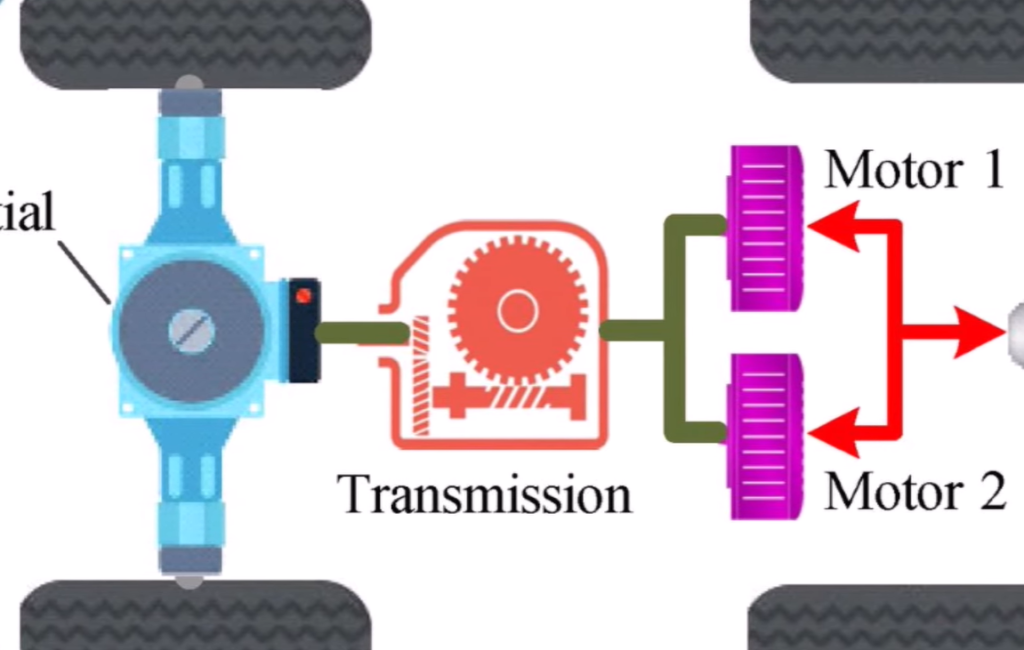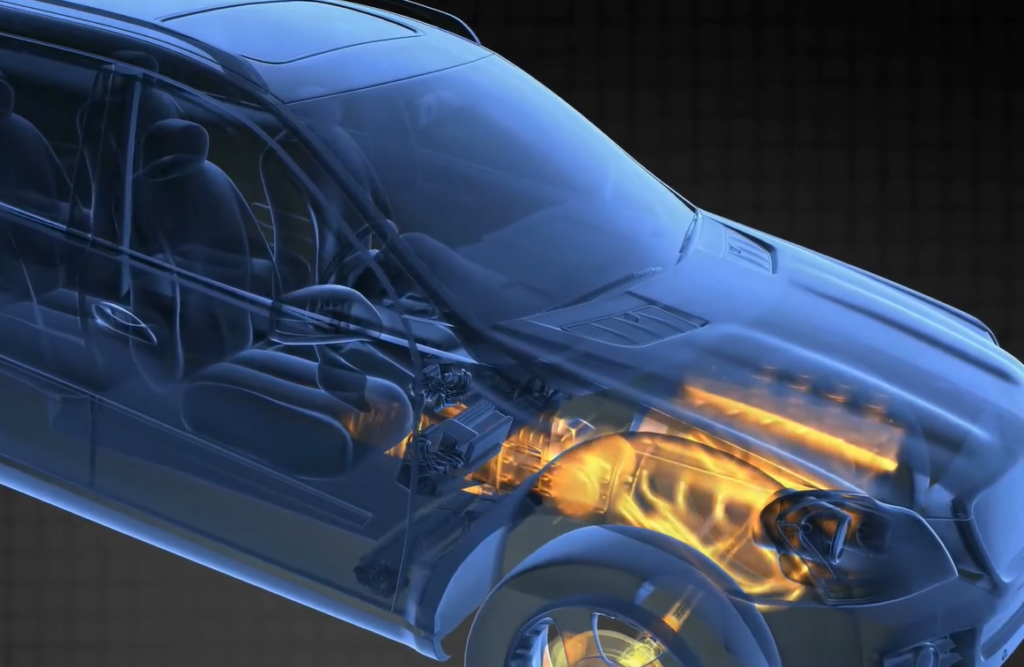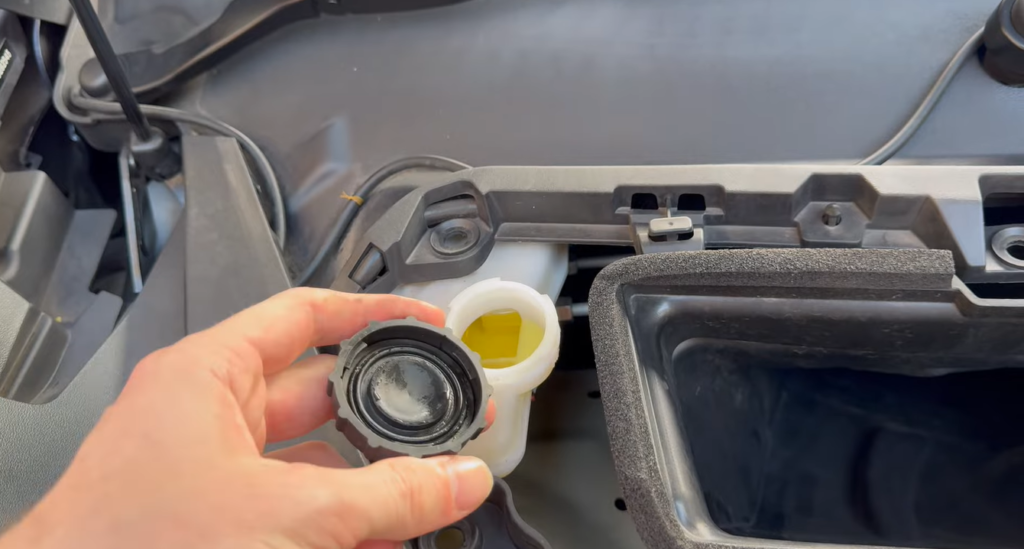The Truth About Tesla Oil Change
When it comes to maintaining a Tesla, many owners and potential buyers often ask, “Does Tesla need oil changes?” This is a common question rooted in the conventional wisdom surrounding vehicle maintenance. However, the transition from traditional internal combustion engines (ICE) to electric vehicles (EVs) like Teslas brings a paradigm shift in how we think about car care. In this article, we delve into the unique maintenance requirements of Tesla vehicles and clarify the often-misunderstood topic of oil changes.
The Tesla Powertrain: A Game Changer
One of the most significant differences between Tesla vehicles and traditional cars is the powertrain. While conventional vehicles rely on an internal combustion engine that requires oil changes to lubricate moving parts, Teslas are powered by electric motors. This fundamental difference drastically reduces the number of moving components within the vehicle.
Fewer Moving Parts, Less Maintenance
The simplified design of Tesla’s electric motors means that there are far fewer moving parts than in a traditional ICE. This translates into less wear and tear over time, resulting in a reduced need for regular maintenance tasks such as oil changes. So, when asking, “Do Teslas need oil change?” the short answer is no, they do not.
Understanding Tesla’s Fluids
While it’s true that Teslas don’t require engine oil like traditional vehicles, it’s essential to understand that they still depend on various fluids to operate efficiently. Here’s a closer look at the critical fluids involved:
1. Transmission Fluid

Tesla vehicles utilize a unique drive unit to manage power delivery from the electric motor to the wheels. Contrary to what some might believe, these drive units do contain oil. However, Tesla handles the maintenance of this oil themselves. Specifically, they recommend changing the oil in the drive unit approximately every 100,000 miles. This maintenance is performed during scheduled service visits and is not the responsibility of the vehicle owner.
2. Cooling Fluid

Another essential fluid in a Tesla is the coolant, which is used to regulate the temperature of the battery pack and the inverter. It’s important to mitigate heat losses that can occur during operation. This coolant system is essential for maintaining optimal performance and longevity of the vehicle’s components. While the exact maintenance intervals may vary, regular checks on the coolant levels are vital, particularly in extreme climates.
3. Brake Fluid

Just like any other vehicle, Teslas utilize brake fluid. However, the maintenance requirements are relatively straightforward. It’s generally recommended to have your brake fluid inspected and potentially replaced every two years. This is crucial for maintaining the effectiveness of the braking system, ensuring both safety and performance.
The Convenience of Electric Vehicle Maintenance
For many Tesla owners, the lack of a traditional oil change is one of the many perks of owning an electric vehicle. With EVs, you can enjoy a more streamlined maintenance schedule. The absence of regular oil changes means less time spent at service stations and more time on the road. In addition to oil changes, other routine checks become less frequent as well.
No More Engine Checks
In a traditional car, checking the engine oil is often a regular part of a driver’s routine. With Teslas, this is eliminated. Since there’s no engine oil to monitor, Tesla owners can skip this task entirely. This not only saves time but also reduces stress, as you won’t need to worry about the risk of oil running low.
Reduced Wear and Tear
The fewer moving parts in a Tesla means that there’s less opportunity for wear and tear. This not only leads to a longer lifespan for your vehicle but also minimizes the number of potential failures and the associated costs of repairs. As a Tesla owner, you can enjoy peace of mind knowing that your vehicle is built for durability.
Scheduled Maintenance: What You Can Expect
Although Teslas reduce the frequency of several traditional maintenance tasks, they still have scheduled service intervals to uphold performance and safety standards. Here’s what you should keep in mind:
Tire Rotations and Alignment
Even electric vehicles can suffer from uneven tire wear. Tesla recommends rotating your tires every 6,250 miles or when the tread depth difference between the front and rear tires exceeds 2/32 inches. Keeping up with tire rotations helps ensure better handling, improved safety, and ongoing performance of your electric vehicle.
Brake Inspection
As mentioned earlier, while you don’t need to frequently change the brake fluid, you should have your brakes inspected regularly. Tesla recommends a thorough brake inspection every 12,500 miles or at least once a year, especially if you frequently drive in hilly environments or stop-and-go traffic.
Cabin Air Filter
Tesla vehicles come equipped with a cabin air filtration system, which helps maintain a clean and comfortable driving environment. It’s advisable to replace the cabin air filter every 2 years. Not only does this keep the air fresh, but it also ensures optimal performance of your vehicle’s climate control system.
Battery Health
As with all electric vehicles, battery health is crucial. Tesla provides software updates that help manage battery performance remotely, so you don’t have to worry about manual checks. However, periodic assessments during scheduled maintenance visits are still recommended to ensure that your battery is functioning optimally.
The Future of Tesla Maintenance
Tesla is at the forefront of automotive innovation, and this extends beyond just vehicle performance. As the company evolves, so too will its maintenance protocols. With advancements in battery technology and the development of self-diagnostic features, it’s likely that the need for traditional maintenance will continue to diminish.
Over-the-Air Updates
One of Tesla’s standout features is its capability for over-the-air software updates. This allows Tesla to not only enhance performance but also improve safety features and address maintenance-related issues without requiring a service visit. This innovative approach ensures your vehicle remains up-to-date with the latest enhancements, all from the comfort of your driveway.
Predictive Maintenance
As Tesla gathers data on its fleet, it can analyze patterns and predict maintenance needs for specific vehicles. This forward-thinking approach could lead to personalized service recommendations, tailored to each owner’s driving habits and patterns. This level of insight could further streamline maintenance, making it even less of a hassle for Tesla drivers.
Conclusion: The Tesla Advantage in Vehicle Maintenance
In summary, if you’re still wondering, “Does Tesla need oil change?” the answer is a resounding no. Tesla’s electric motors eliminate the necessity of traditional oil changes, significantly simplifying the maintenance experience. Instead of worrying about oil levels, you can focus on enjoying your vehicle and the many other benefits that come with driving an electric car.
While Teslas do require attention to other fluids like transmission oil, coolant, and brake fluid, these are relatively easy to manage compared to the comprehensive maintenance schedules required for gasoline vehicles. Regular check-ups and a few simple maintenance tasks ensure your Tesla remains in top condition, keeping you on the road longer and more efficiently.
By embracing the future of automotive technology with Tesla, you’re not only reducing your carbon footprint but also enjoying a revolutionary approach to vehicle ownership and maintenance. So, enjoy the ride, and let your Tesla lead the way into a more sustainable future!







